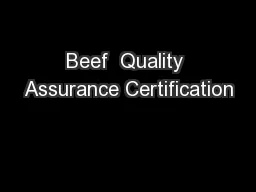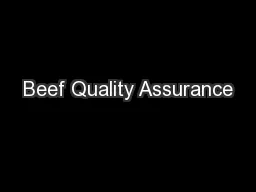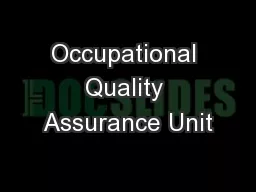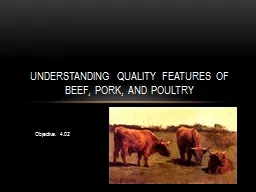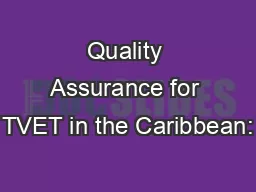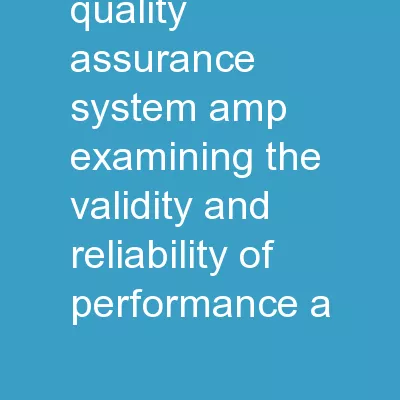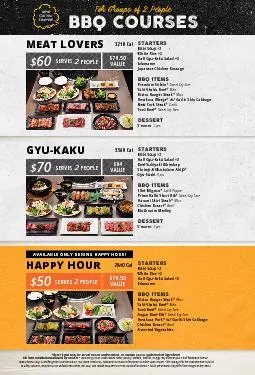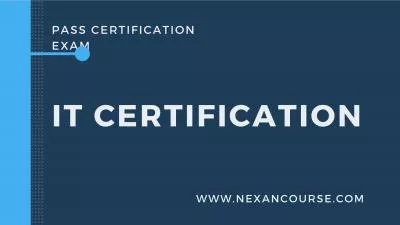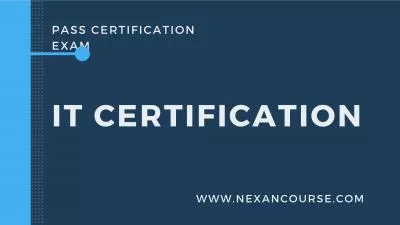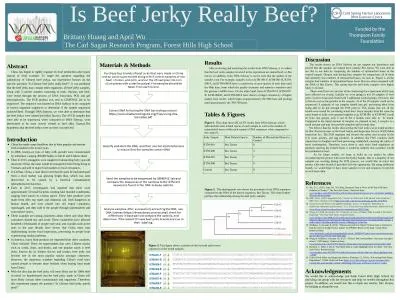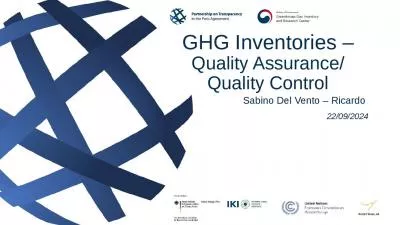PPT-Beef Quality Assurance Certification
Author : pasty-toler | Published Date : 2018-03-19
September 23 2017 What is BQA Voluntary Producerdriven Quality control program Educational training to build producer awareness Based on recommended national
Presentation Embed Code
Download Presentation
Download Presentation The PPT/PDF document "Beef Quality Assurance Certification" is the property of its rightful owner. Permission is granted to download and print the materials on this website for personal, non-commercial use only, and to display it on your personal computer provided you do not modify the materials and that you retain all copyright notices contained in the materials. By downloading content from our website, you accept the terms of this agreement.
Beef Quality Assurance Certification: Transcript
Download Rules Of Document
"Beef Quality Assurance Certification"The content belongs to its owner. You may download and print it for personal use, without modification, and keep all copyright notices. By downloading, you agree to these terms.
Related Documents

